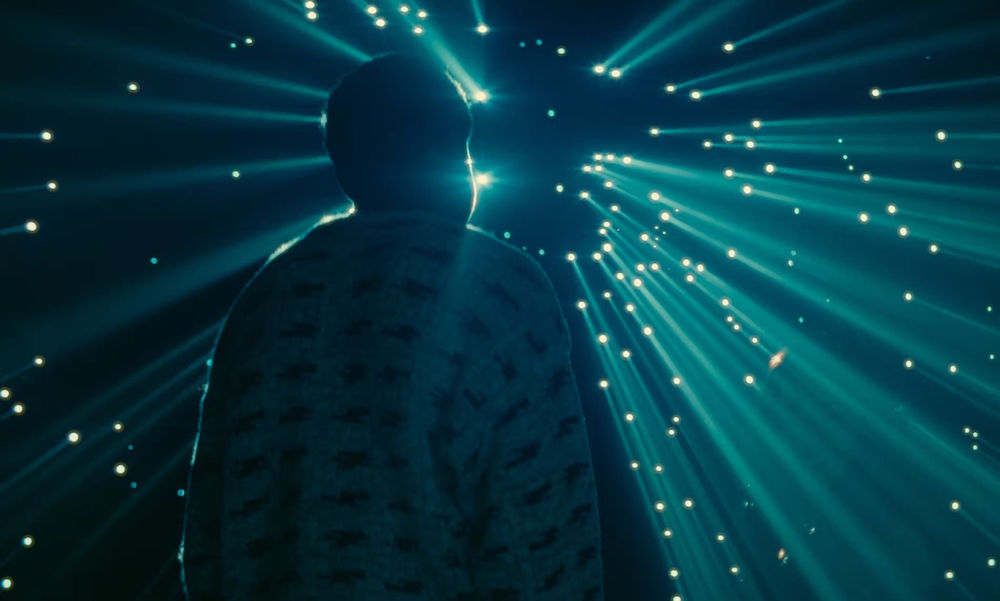One of the places where art and science can interact as a powerful force is in outsider art. This is especially true when the outsider’s goal is motivated by a belief that what they are doing is scientific. Self-educated artists are often likely to follow their own logic when constructing models or putting their ideas on paper. One could transport many mad scientist labs from cinema history into a gallery or museum setting and have them regarded as viable art installations. Conversely, artists who deal with scientific subjects might be regarded as outsider scientists.
In the film Gagarine (2020), a Black teenager named Youri is neither an artist nor a scientist. He is among the last residents of a crumbling apartment block in France named after the cosmonaut Yuri Gagarin. The apartment block is a real place and the filmmakers found press footage of the building’s opening at which the cosmonaut was treated like a rock star. The idealism that ushered in that moment has long since waned and concerns over asbestos, cracked walls and vermin have caused the building to be slated for demolition. Throughout the film, residents with nowhere else to go hold out for as long as possible from the crews that are sent to evict them.
Early in his life, Youri bonded with the figure of the cosmonaut in such a powerful way that it feels organic when he starts converting the abandoned apartments into a space station. The teen grasps the idea of a space station well enough that what he builds has a weird internal logic about it, helping the filmmakers show what is happening through Youri’s eyes. The project came about when the building was first slated for demolition and the filmmakers were asked by the architects to interview the residents of the building. They obviously empathize with everybody who still lives there, as they use them as extras in the fiction film. The humanity of these residents is captured and the film transcends the poverty-porn that it could easily have become.
As more and more neighbors leave, Youri increasingly lives in his dreams of space travel. The space station that he constructs in the abandoned apartments (he keeps knocking out walls to expand it) could easily become the star attraction in any of the galleries involved in the PST theme of art colliding with science. One might compare this to the obsessive quality of Close Encounters of the Third Kind, but with better production design and a lot more heart.


